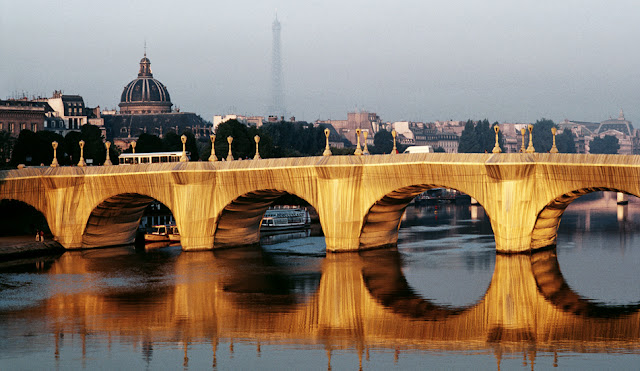Amphibious Architecture by The Living is a a floating installation in New York waterways that glows and blinks to provide an interface between life above water and life below. Citizens can text message the fish, receive real-time information about the river, and contribute to a display of collective interest in the environment.
Instead of treating the rivers with a “do-not-disturb” approach, the project encourages curiosity and engagement. Instead of treating the water as a reflective surface to mirror our own image and our own architecture, the project establishes a two-way interface between environments of land and water. In two different neighborhoods of New York, the installation creates a dynamic and captivating layer of light above the surface of the river. It makes visible the invisible, mapping a new ecology of people, marine life, buildings, and public space and sparking public interest and discussion.







































